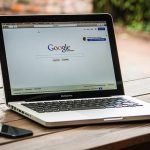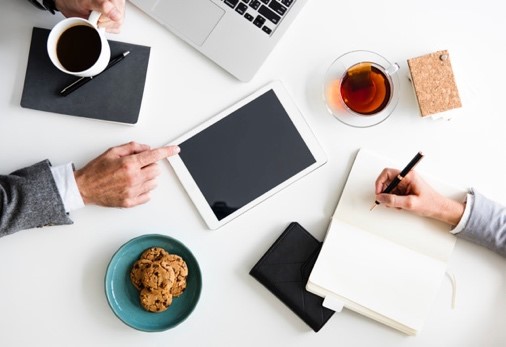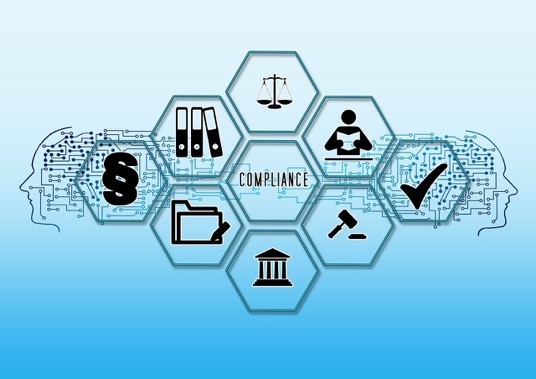Metaverse: is it necessary to register specific trademarks for protection?

The metaverse -a parallel virtual world which is booming in the Web 3.0 era- has become an unavoidable topic. This fictional world will combine prospectively and simultaneously virtual reality (VR), augmented reality (AR), blockchain, crypto-currencies, social networks, etc. Many companies are already planning to do business in this world following the company’s digital transition.
As a result, trademark applications covering products and services related to “digital virtual objects” have been multiplying since the end of 2021.
But how to effectively protect this new activity that calls for a whole new lexicon?
1.The metaverse, a new world for new ambitions?
In a few words, the metaverse can be defined as a fabricated virtual universe -mixing the words “meta” and “universe”, to designate a meta-universe in which social interactions would be extended and digitized. It seems to be directly inspired by the 1992 novel “Snow Crash” (“Le Samourai virtuel” in French) by Neal Stephenson.
This parallel digital environment embodies a new way to explore innovative and ambitious projects from a different perspective, before they take concrete shape in the actual world.
As an example, Aglet created its own range of sneakers, the “TELGAs”, after launching it as a digital collection for online games. The collection is also available on the OpenSea platform, alongside brands such as Nike and Adidas, who have stepped up to virtual collections in the form of Non-Fungible Tokens (NFTs).
NFTs, whose transactions are mostly hosted on the Ethereum blockchain, are essential components of the metaverse. This digital asset category, which is distinct from crypto-currencies such as Bitcoin and Ether, allows for authentic and unforgeable certification of the ownership of one of these virtual digital objects offered for sale in the metaverse.
The metaverse follows on from social networks and will undoubtedly allow companies to establish a strong online presence, beyond the operation of a traditional website.
Whether the metaverse is a trend that will last and become anchored in our culture is uncertain, though many large companies have already taken the plunge.
Before venturing into the metaverse, it is necessary to register specific trademarks, adapted to the goods and services of the metaverse. This will ensure efficient protection against infringement and will enhance the value of the company’s brand assets. In this respect, it is important to draft an appropriate wording for the trademark.
2.How to design an adequate and optimal protection?
When launching an activity into the metaverse, the definition of the goods and services should be careful considered as the crucial element of a trademark is its wording above all. The filing process for a trademark application with the INPI, EUIPO, or any other national industrial property office, will indeed guarantee, to some extent, a monopoly on goods and services determined. This will confer also a commercial value to the trademark, once it is registered by an industrial property office.
As a reminder, once a trademark application has been filed, it is impossible to add classes of goods and services and to add any additional good or service, nor to add goods or services. Only a modification in the sense of a restriction of the wording will be considered.
The most relevant classes, which will contribute to the wording, are classes 9 and 41.
Class 9 allows for NFT coverage, although the product may not be accepted as such. More explanatory wording will be required. For example, one can target “downloadable digital products, i.e. digital objects created using blockchain technology”. These goods can be of all kinds: clothing, works of art, etc.
Class 41 covers the components of entertainment. In this respect, MMORPGs, which are defined as interactive games, which by their nature and concordance are closely associated with the metaverse, could be covered in class 41.
When a virtual trademark is to be exploited through points of sale, services class 35 seems unavoidable in order to include, among other things, “retail store services for virtual goods”.
In a complementary vision, it will then be necessary to think of designating the corresponding goods in the classes that classically cover them.
3.Virtual trademarks registered in various sectors
In early February 2022, Pumpernickel Associates, LLC filed a trademark application for “PANERAVERSE” No. 97251535 with the USPTO. This filing, initiated for virtual food and beverage products, NFTs and the ability to purchase real products in the virtual world, demonstrates a definite willingness by the American company to deploy these outlets in the metaverse.
McDonald’s has also filed trademark applications (No. 97253179; No. 97253170; No. 97253159) for “the operation of a virtual restaurant offering real and virtual products” and for “the operating a virtual restaurant online featuring home delivery”. In addition, the U.S. fast food chain also plans to obtain a trademark for “on-line actual and virtual concerts and other virtual events” and other entertainment services for a virtual McCafe (No. 97253767; No. 97253361; No. 97253336).
These are not the only trademark applications filed at this time; Facebook and Nike pioneered this trend, followed by luxury, textile, cosmetics and perfume brands. L’Oréal, for example, has filed several registration applications for perfume brands from its portfolio, in their digital version, with the French National Institute of Industrial Property (INPI)
4.Conceptual considerations
In light of this unprecedented craze around the metaverse, one might wonder whether these immaterial goods, whose projected use is exclusively intended for virtual exploitation, should not come under a new particular category of products, not defined to date under the Nice Classification.
The addition of an ad hoc class dedicated to these virtual goods and services seems complex insofar as many of them could overlap with already existing products and services. The list could be very long.
In any case, drafting a trademark for the metaverse requires a meticulous definition of the goods and services concerned.
The Nice Classification, despite the successive trademark filings made since November 2021, does not include for the moment, in its explanatory notes or product suggestions, any reference to goods and/or services closely related to the metaverse or NFTs. Perhaps it will do so shortly in view of the developments encountered.
What will be the boundaries between the metaverse and the actual world? The question is a structuring one for trademark law and competition law. The European Commissioner Margrethe Vestager and the president of the US antitrust authority, Lina Khan, are wondering about “the right time to put in place competition rules in this emerging sector”.
Dreyfus accompany you in the protection of your brands in the metaverse era and to draft with you a wording of goods and services adapted to your activity.
See also…
♦How to protect your brands in the digital era?
♦Why is it necessary to register a trademark?
♦United States: what are the options to protect a trademark?



 Registering your trademark allows you to protect it. For a French trademark, it must be registered with the INPI (National Institute of Industrial Property), but the protection can be extended to the European Union (EUIPO) and internationally (WIPO). When a trademark is registered on the national territory, in order to extend its protection, it is possible to register the trademark within the European Union and internationally. There is a right of priority which allows to file other trademark applications while benefiting from the filing date of the first application. The priority period is six months for trademarks.
Registering your trademark allows you to protect it. For a French trademark, it must be registered with the INPI (National Institute of Industrial Property), but the protection can be extended to the European Union (EUIPO) and internationally (WIPO). When a trademark is registered on the national territory, in order to extend its protection, it is possible to register the trademark within the European Union and internationally. There is a right of priority which allows to file other trademark applications while benefiting from the filing date of the first application. The priority period is six months for trademarks.
 The digital transition of small and medium-sized enterprises was the AFNIC’s 2020 target – a year marked by the health and economic crisis. This target was reflected in the 2020
The digital transition of small and medium-sized enterprises was the AFNIC’s 2020 target – a year marked by the health and economic crisis. This target was reflected in the 2020 





